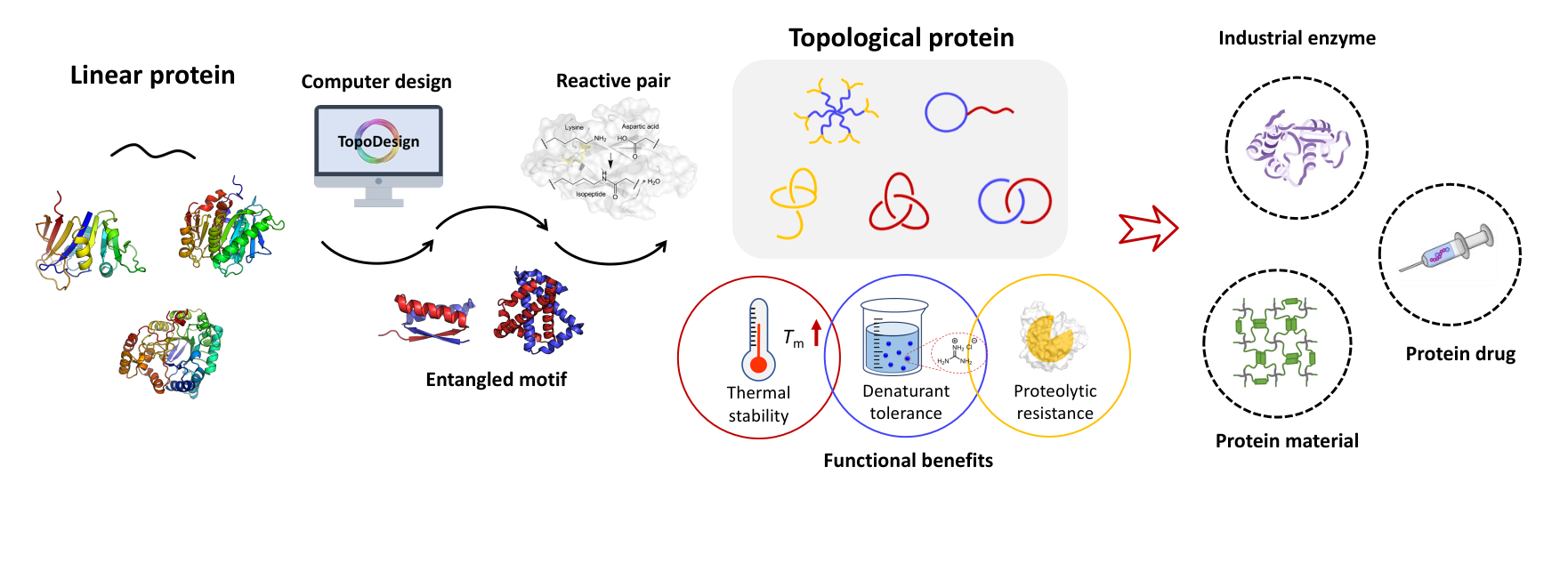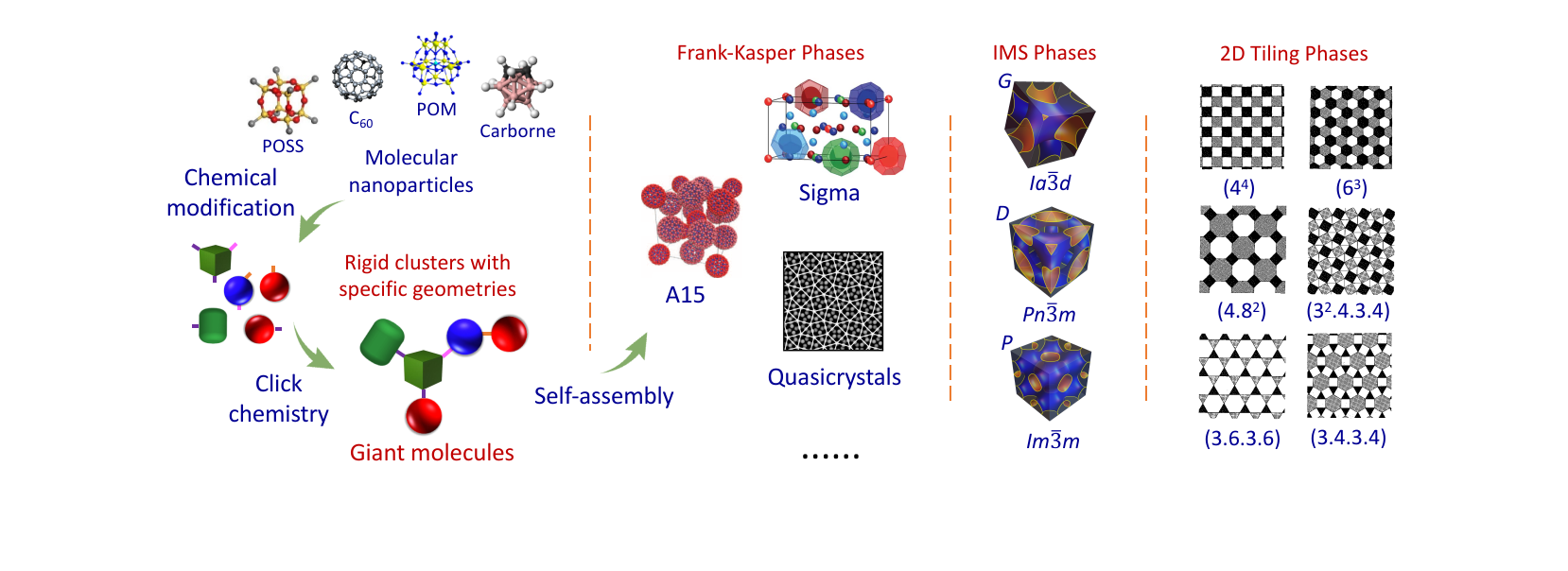箴言
在科学上没有平坦的大道,只有那些不畏艰险沿着陡峭山路攀登的人,才有希望达到光辉的顶点。
----马克思
-----------------------------------------------
合作研究
请有兴趣的研究组联系我们。欢迎任何形式的合作,尤其是在自组装、水凝胶以及生物医药等方向的合作。
------------------------------------------
研究成果
Yang, T.; Da, X.-D.; Zhang, W.-B.* Design and Biosynthesis of Topological Proteins, Acta Polym. Sin. 2020, 51 , 804-816. (Special Issue Dedicated to Professor Lina Zhang on the Occasion of Her 80th Birthday)
Abstract: Topological proteins are proteins possessing non-linear backbones and nontrivial chemical topology. Since nascent polypeptide chains are strictly linear as defined by the translational mechanism of the cellular machinery, synthesis of topological proteins remains a huge challenge. By folding into various three-dimensional shapes, proteins can gain certain control over the spatial relationship of secondary motifs, however, the diversity of the chemical topology of the backbone remains largely untapped. The discovery of natural topological proteins in the past decades have inspired the researchers to explore the design and synthesis of artificial topological proteins. Meanwhile, the progresses in supramolecular chemistry and topological polymer chemistry have brought in various strategies for the synthesis of topological molecules in general. Among them, the “assembly-reaction” synergy seems to be a generally applicable and powerful one in creating unconventional structures. With genetically encoded entangling protein motifs and genetically encoded peptide-protein reactive pairs, different topological proteins have been prepared, including cyclic proteins, star proteins, branched proteins, tadpole proteins and protein catenanes. While structures and functions are well preserved in most cases, they also exhibit considerable advantages in terms of thermal stability and resistance to chemical denaturation and proteolytic digestion. Herein, begin with the major challenges in the synthesis of topological polymers, we summarize the biosynthesis of topological proteins in nature and the recent efforts to design and construct artificial topological proteins in chemistry. We will discuss the strategies for their synthesis and characterization, as well as the potential functional benefits of topological proteins. Finally, we will present our perspective on the challenges and opportunities of this emerging field.





